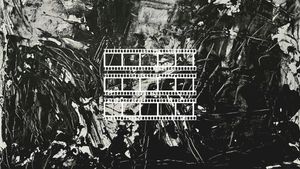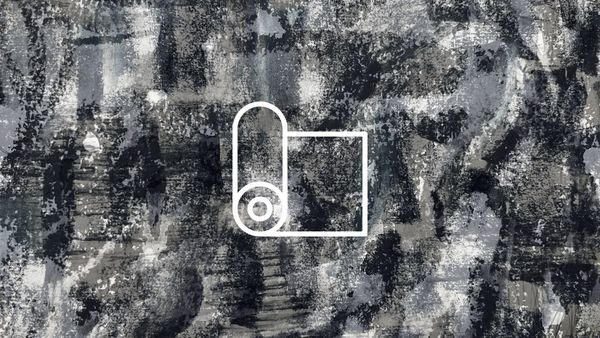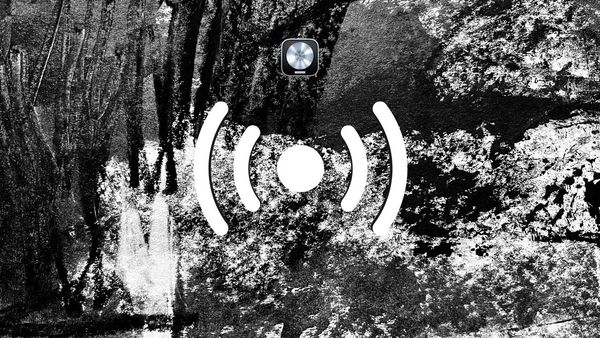For audio engineers, EQ is a huge topic. You probably devote the most of your time and effort mixing songs and EQ plugins.
This is because it’s so essential to the process. It’s critical to have a solid understanding of the fundamentals for such a broad subject.
With EQ, you can easily cause more damage than good.
In this article, we will go over everything you need to know about EQ and what a single band EQ is.
What Does EQ Stand For In Music?
One of the most widely understood types of audio processing used in music production is equalisation, or EQ. You can remove flaws from a sound, or perhaps even entire songs, by using EQ.
Which lets you change the amplitude of a frequency or spectrum of frequencies inside a sound.
To smooth out sounds and make them harmoniously blend with one another, this is accomplished by reducing undesirable frequencies and/or enhancing others.
How Does EQ Work?
EQ usually has around 31 bands. Each band is completely under your control because you can change a variety of various characteristics for each.
Frequency and Gain/Slope, the first two, speak for themselves.
The “Gain/Slope” parameter allows you to adjust both the gradients of the filter for bands 1 to 8. Or you can adjust the gain for those bands as well.
Whilst, the “Frequency” parameter allows you to modify the frequency for each band (Bands 2-7). Q, on the other hand, is slightly less obvious.
You can regulate the spectrum of frequencies, which you adjust by using the Q parameter.
Wide bandwidth indicates that a low Q value, such as 0.83, is having an impact on a broad spectrum of frequencies.
A high Q value, such as 20.0, produces a short wavelength and a more limited range of affected frequencies.
Single Band EQ
When it comes to a single band EQ, this is referring to just one of those 31 bands. A single band allows you to affect one frequency band.
It is up to you the width of the band and how many frequencies are involved. In addition to that, the gain is up to you alongside the Q as well
As a result, you can pull out on single EQ of any audio that you are working on or trying to fix.
Single Band Functions
Once you have selected your single band EQ, there are various functions that you can perform on that single band.
These include the following:
- Low Cut – The frequency range below the chosen frequency is muted using Low Cut EQ.
- Low Shelf – Only the frequency range which is below the chosen frequency is impacted by the low shelving EQ.
- Parametric – A straightforward filter with a changeable centre frequency is parametric EQ. It can be utilised as a notch filter that has a very restricted frequency range. Or, it can be used as a boost or cut filter for any audio frequency band. Along both sides of the centre frequency, a symmetrical frequency range is increased or decreased.
- High Cut – The frequency spectrum above the chosen frequency is reduced by the high cut EQ.
- High Shelf – Only certain frequency bands above the chosen frequency are impacted by the high shelving EQ.
Downsides To Using EQ Poorly
Whether you are working on a single and EQ or multiple, whatever you do will affect your overall sound.
The bands may sound great individually, yet when combined they may not produce the sound you were expecting. We have explained some of the downsides that can occur when you don’t use EQ correctly.
Overuse
Overusing EQ just because it sounds good is typically a waste of time and effort. This is because even the greatest sounds in the world are meaningless if they don’t suit your mix.
After all, the purpose of EQ is to regulate your mix rather than to highlight specific sounds. You can do that using other tools.
EQing can be confusing, especially if you’re a perfectionist by nature like most producers.
While nothing really sounds good enough for you, keep in mind that overusing the EQ can have unintended consequences.
When you increase or decrease a frequency, you are changing the fundamental characteristics of a sound.
Due to this, making too many changes can make it sound artificial or even boring.
If you discover that a certain sound needs a lot of EQs to sound right. You may wish to pick a different sound. One that won’t require as many adjustments to work in your mix.
Know When To Use
You can use EQ for long periods of time if you want, but it won’t help you correct a poor recording. When there are no high frequencies to begin with, they can’t be amplified.
Here, the same idea holds true. The recording’s quality isn’t improved by EQ. Simply recording again or utilising an alternative sample would be preferable.
Automation Is Your Friend
An EQ setting may work perfectly for quieter passages, but fall flat when all the sounds are combined.
Naturally, the inverse is also possible. Automation will be useful to you in this situation. Don’t be hesitant to employ it. You’re covered by automation.
Be Careful Of Presets
The EQ plugin developers are very gracious to include so many settings. There is only one small issue. You don’t want “generic,” and those presets are designed with a broad use in mind.
What you require is something built specifically for your own sound. Thus, changing the settings yourself is the only way to achieve it.
Frequently Asked Questions
Why Is EQ Used On Single Tracks?
The majority of the time, you want to apply EQ to a single track in order to improve its sound or address particular issues.
However, there are instances when it’s preferable to attach an EQ over a bunch of tracks. This way it can handle several tracks at once.
Do You Need To Apply EQ To Every Track?
You shouldn’t automatically EQ each track in your mix. Each track should be considered on its own terms.
Only if some EQ is necessary for it to blend in with the other tracks nicely, add some to that track.
Applying EQ is optional if a track fits perfectly in the arrangement without any at all
Does EQ Improve Sound Quality?
A signal’s colour will be changed by an equalisation. By increasing the treble frequency range, it could give vocals more clarity. By increasing the bottom frequencies, this would make the music sound “heavier.”
However, be careful not to overdo the EQ. Your vocals can sound significantly worse if you use too much EQ. When the vocal quality deteriorates, it’s simple for that to become a vicious cycle.
You begin “fixing” the sound by adding increasingly more EQs, when the original issue was an excess of EQ. Hence, it is important that you know when to stop.









Member discussion